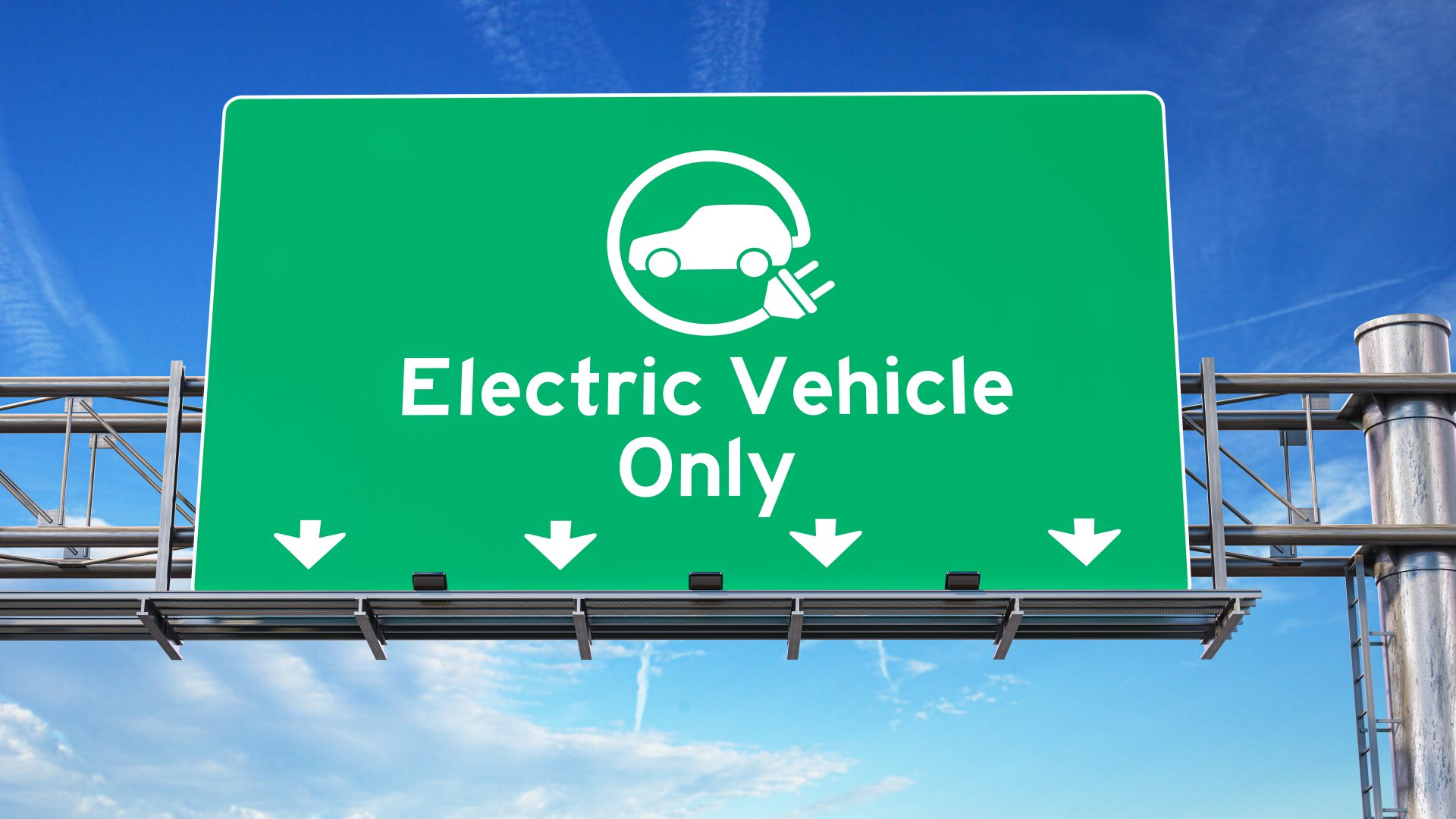
transport & mobility
How fast can Hungary decarbonise road transport?
Is Eastern Europe still the ugly duckling of green mobility? Maybe not or not for much longer. Figures are still relatively low, but the sales of electric vehicles are picking up fast.
In the region, national governments have all introduced subsidy schemes to boost the purchase of emission-free cars (except for Bulgaria).
In Hungary, on 16 February 2020, Prime Minister Viktor Orbán invited Hungarians to embrace green mobility in his State of the Nation address. He committed his government to greening public transport and introducing emission-free buses as of 2022. Orbán also promised to make electric vehicles affordable to all.
Subsidies for new electric vehicles
Three months later, the government presented a new subsidy scheme worth € 14,2 million. For the purchase of new all-electric mopeds (under € 2,869) or vehicles (under € 31,429), the government covers up to 50% of the price (with a cap at € 7,100 per subsidy). Yet, no grants will support the purchase of plug-in hybrid or second-hand electric vehicles. Through higher sales of new electric cars, the government hopes to both green the fleet and contribute to the recovery of the automotive industry.
The allocation of public funds is also revealing. The government earmarked € 8,5 million for private households and € 5,7 million for taxi drivers. The government sees them as potential influencers. Greening the taxi fleet allows travellers to discover all-electric cars. It can persuade some to buy one for their personal use. Meanwhile, such a generous package is also a smart way of swaying a well-organised and politically voiceful profession. Can taxi drivers become advocates of green mobility? It’s an exciting gamble.
Even in Western Europe, the subsidy schemes were not as generous
Electric car subsidy schemes in Hungary since 2016
| VEHICLE TYPE[1] | GROSS LIST PRICE | MAXIMUM SUBSIDY | |
| 2020
subsidy programme |
pure electric vehicle in the category M1, N1 and N2 | €2,860-€31,429 | Maximum €7,100
Maximum 50% of the gross list price |
| €31,430-€42,857 | Maximum €1,390
Maximum 5% of the gross list price |
||
| electric moped in the category L1e-b | €286-€2860 | Maximum 55% of the gross list price | |
| 2018
subsidy programme |
pure electric vehicle in the category M1, N1 and L7e | Maximum €55,000 | Maximum €4,130
Maximum 21% of the gross price |
| 2016
subsidy programme |
pure electric vehicle in the category M1, N1 | Maximum €41,000 | Maximum €4,130
Maximum 21% of the gross price |
[1] In accordance with the Regulation 168/2013 on the approval and market surveillance of two- or three-wheel vehicles and quadricycles.
Subsidies were all claimed in one day!
The success of the subsidy scheme was remarkable! On the first day of its enactment, 1,719 subsidy claims for 2,033 electric vehicles depleted the € 14M budget! How can such a success happen in a country which has often opposed the Union’s decarbonisation agenda?
Hungary is still lagging behind the rest of the EU on CO₂ emissions. On average, a Hungarian generates 0,5 kg of CO2 per euro earned against an EU average of 0,3 kg. On the roads, in 2020, Hungarian drivers emit 125g/km against 98g/km in France and 99g/km in Portugal. That’s why the Hungarian government should replenish the subsidy fund to continue supporting the sales of emission-free cars. In 2019, the market share of electric vehicles was 1,9% in 2019, up from 1,5% in 2018 but still far behind the EU average of 3,6%.
Meanwhile, let us explore various political and generational factors that help explain the significant turn observed in Hungarian politics.
A (very) generous programme
Compared to its predecessors, Hungary’s 2020 subsidy scheme is much more generous. In 2018, the previous one granted a maximum subsidy of € 4,130, which is less than the € 7,500 of today. As a percentage of the gross price list, the rebate is even more significant: from 21% in 2018 to 50% in 2020. Even in Western Europe, the subsidy schemes were not as generous. In Germany, the maximum subsidy was capped at € 6,000 and € 7,000 in France. The unmatched level of support must have been decisive in convincing Hungarians to choose an all-electric car.
Another salient facet of the Hungarian model is the focus on entry-level vehicles. In Hungary, subsidies were targeting cars whose price was below € 31,429. In Germany, the limit was € 40K and € 45K in France. Hence, the prime target was likely Hungarian lower to middle-class, many of which often assume that emission-free cars are for wealthier households. In that sense, the government managed to deliver on the promise made by Orbán to make electric vehicles affordable to all.
A green registration number plate allows drivers to park free of charge in Hungarian cities
COVID-19
The COVID-19 pandemic may have also played a role. For some, the subsequent lockdown has made more citizens aware of the impacts of climate change but also better-off. 41% of Hungarian households have seen their savings surge during the second quarter of 2020. As a result, wealthier and more climate-sensitive consumers have made the demand for electric vehicles soar. Finally, after weeks of restrictions, Hungarians may have felt the urge to buy a car, a symbol of freedom of movement.
Free parking for green vehicles
Another reason for the success of the subsidy scheme hinges on the Hungarian Jedlik Ányos Electromobility Plan. The latter empowers local authorities to give green registration number plate for pure electric, plug-in hybrid, hybrid and other zero-emission vehicles. A green registration number plate allows drivers to park free of charge in Hungarian cities that have enacted the plan. In 2017, only a few of them had done so. Since 2018, however, most of the largest cities of the country have done so. It is a useful measure that other European local authorities could apply.
Thank you, Erasmus!
The success of the Hungarian green mobility plan also stems from an evolution of its society. Some argue that it is partly the result of European integration programmes, such as Erasmus. By 2017, some 60,000 Hungarian students had spent a year or a semester studying abroad. Among the main study destinations are Germany, France, the United Kingdom, Italy and Spain, countries where decarbonisation policies are more advanced. In these Western European countries, Hungarians have also met fellow students who are much more sensitive to environmental issues and interested in electric mobility. Today, these Hungarian students have come back home. As first-time vehicle buyers, this new generation wants to align its political and consumer choices.
Micro-mobility?
In short, the time was ripe for Hungarians to embrace green mobility. On 22 September, the Ministry for Innovation launched a new subsidy scheme in support of electric bicycles. The Hungarian government should not stop there. On the contrary, it should consider expanding subsidy schemes to new forms of emission-free micro-mobility (e.g. e-scooter or e-quadricycle). That’s what the French government has announced on 3 August 2020.
